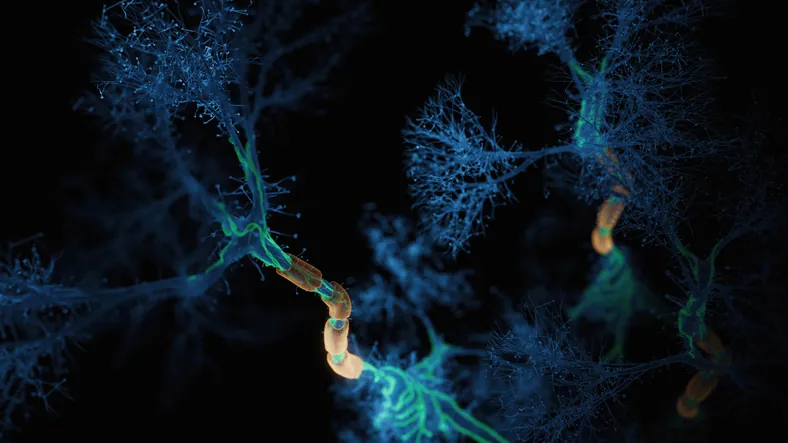
Breakthrough Discovery: Neurons That Boost Breathing After Spinal Injuries Unveiled!
2025-08-15
Author: Arjun
Revolutionary Research Identifies Key Neurons for Breathing Regulation
In a groundbreaking study published in *Cell Reports*, scientists have pinpointed the specific neurons that enhance breathing intensity when additional oxygen is needed—such as during strenuous exercise or at high altitudes. This monumental discovery offers hope for developing treatments aimed at restoring normal respiratory functions in individuals suffering from spinal cord injuries.
The Challenge of Breathing Paralysis
Spinal cord injuries, particularly affecting the cervical region, can lead to paralysis not only below the neck but also severely impair the breathing muscles. Those afflicted often require continuous ventilatory support, as existing treatments can come with significant side effects. A key barrier in creating new therapeutic solutions has been the scant knowledge about the neural pathways governing breathing.
New Insights Into Breathing Regulation
"While the brainstem is known to set the rhythm for breathing, the precise pathways that enhance respiratory motor neuron output have remained unclear until now,” stated Dr. Polyxeni Philippidou, an associate professor at Case Western Reserve University, who spearheaded the research.
Dr. Philippidou and her team utilized genetically modified mice to trace the neural circuits involved in breathing regulation. They successfully identified a specific group of neurons crucial for modulating the activity of phrenic motor neurons, which control diaphragm contractions essential for breathing.
A Unique Group of Neurons Uncovered
The researchers identified a genetically distinct cluster of interneurons that respond to environmental stressors and metabolic demands from various organs, effectively ramping up breathing intensity. These interneurons serve as vital links between the central nervous system and motor neurons, coordinating a range of behavioral responses.
Responding to High Carbon Dioxide Levels
Experiments revealed that these neurons become active when carbon dioxide levels in the brain rise, leading to enhanced diaphragm contractions that improve blood oxygen levels. These interneurons were shown to influence phrenic motor neurons through cholinergic receptors, which are targets for several FDA-approved medications. Disruption of cholinergic signaling in these neurons resulted in a failure to respond to elevated carbon dioxide.
Complexity of Breathing Regulation
This research underscores the previously underappreciated complexity of breathing regulation, illustrating that motor neurons can assimilate various inputs to adapt breathing patterns to ever-changing physiological demands. Future studies will delve deeper into the molecular mechanisms that activate these interneurons, potentially unlocking new avenues for recovering respiratory function.
A New Pathway to Recovery
The researchers concluded that their findings reveal a specific spinal pathway capable of amplifying breathing, presenting a promising target for therapies aimed at restoring respiratory function after spinal cord injuries. The team is also investigating the potential of these neurons as therapeutic targets for a range of conditions that hinder breathing, including neurodegenerative diseases like amyotrophic lateral sclerosis (ALS).


 Brasil (PT)
Brasil (PT)
 Canada (EN)
Canada (EN)
 Chile (ES)
Chile (ES)
 Česko (CS)
Česko (CS)
 대한민국 (KO)
대한민국 (KO)
 España (ES)
España (ES)
 France (FR)
France (FR)
 Hong Kong (EN)
Hong Kong (EN)
 Italia (IT)
Italia (IT)
 日本 (JA)
日本 (JA)
 Magyarország (HU)
Magyarország (HU)
 Norge (NO)
Norge (NO)
 Polska (PL)
Polska (PL)
 Schweiz (DE)
Schweiz (DE)
 Singapore (EN)
Singapore (EN)
 Sverige (SV)
Sverige (SV)
 Suomi (FI)
Suomi (FI)
 Türkiye (TR)
Türkiye (TR)
 الإمارات العربية المتحدة (AR)
الإمارات العربية المتحدة (AR)